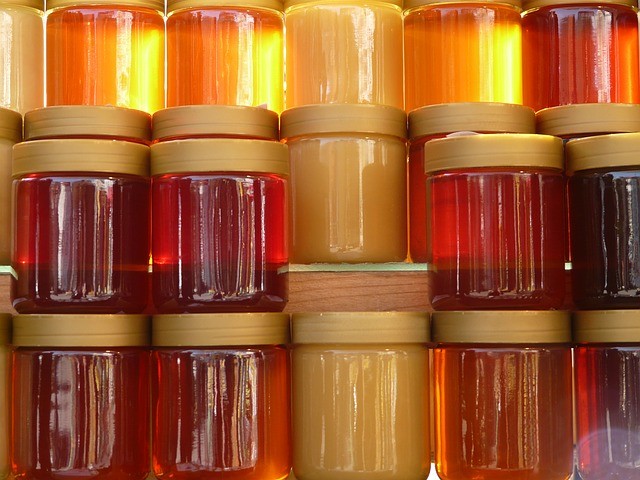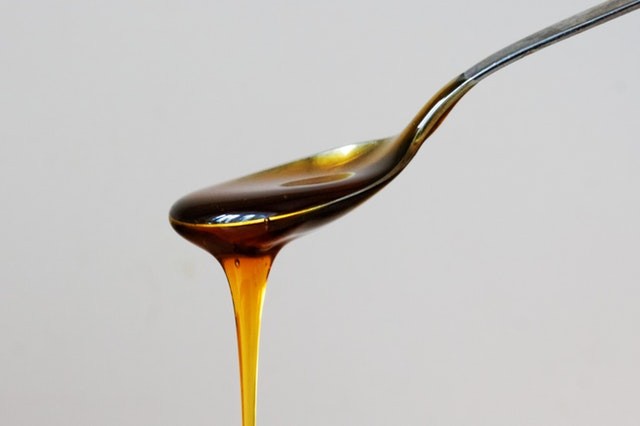6 ways to possibly tell whether you're buying pure honey or something of lower quality

Honey is an ingredient that none of us should be without. It is an excellent substitute for traditional sugar, but can also be used on all occasions where a sedative for coughs, anti-inflammatory, and antimicrobial action is required.
The best solution would be to get in contact with a trusted beekeeper, but in the absence of that, you can still go to a supermarket. However, in that case, it is a good idea to keep your eyes open, because scams regarding honey are always just around the corner.
Here are six infallible ways to understand if honey is truly good quality or not.
Large-scale honey production can be manipulated to lower the selling price, therefore, it can contain sugar or coloring substances.

First of all, a distinction should be made between pure honey and pasteurized honey.
Pure honey is neither subjected to treatments that involve the use of heat nor is altered in any other way. This is the type of honey closer to the finished product of bees and is, therefore, the most concentrated in terms of vitamins, amino acids, and minerals. It can be used for food and therapeutic purposes.
Pasteurized honey, however, is heated at a temperature of 149°F -176°F (65-80°C) to be pasteurized. This procedure destroys a large part of the nutrients and that is why this honey should be used only as a sweetener. Pasteurized honey has a consistency, a color, and a taste that is different from pure honey.
Here are six ways to recognize poor quality honey:

1. The honey does not crystallize: In pure honey, crystallization naturally occurs during storage. If honey always remains liquid and crystalline, it is probably not a good quality of honey.
2. Dissolves in water: Test the honey in a glass of water. Put a teaspoon of honey in a glass of water and see if it dissolves or not. If the honey disappears, then it is not good quality honey because pure honey does not dissolve in water.
3. A chemical reaction in contact with vinegar: When honey has been manipulated, it produces "foam" in contact with vinegar.
4. Do the flame test: Subject a quantity of honey to the direct flame of a lighter or a match. Pure honey should catch on fire because it does not contain water, unlike poor quality honey.
5. Changes color with iodine: Put a few drops of iodine in a glass and add a small amount of honey. If the honey changes color - turning blue - it means that cornstarch has been added to it.
6. Read the label: It is often the label itself that reveals the low quality of the product. If you find that the honey contains glucose, fructose, or corn syrup, it is best not to buy it.





